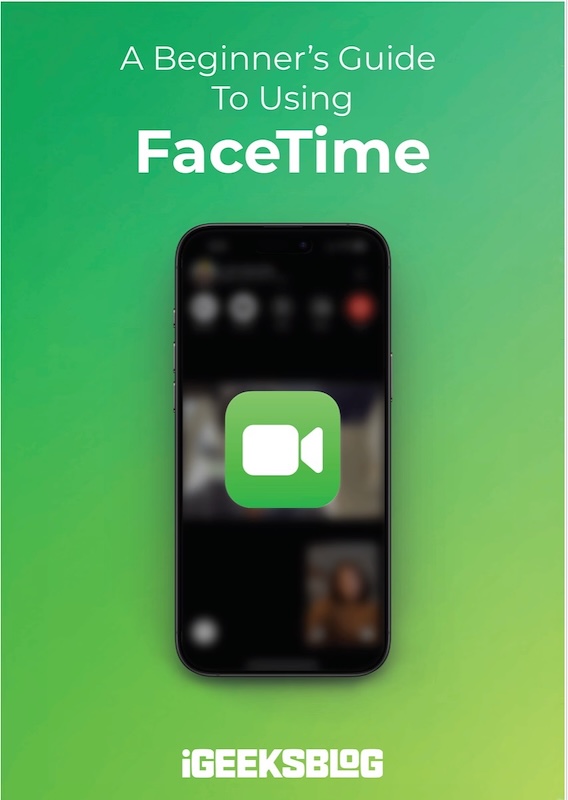
FaceTime Like a Pro
Get our exclusive Ultimate FaceTime Guide 📚 — absolutely FREE when you sign up for our newsletter below.

FaceTime Like a Pro
Get our exclusive Ultimate FaceTime Guide 📚 — absolutely FREE when you sign up for our newsletter below.
Thinking of buying a mixed reality headset? Compare Samsung’s Galaxy XR and Apple’s Vision Pro to see which one actually gives you more value for your money.
Samsung’s finally making its big move into mixed reality, and it’s called the Galaxy XR. Priced at $1,799, it’s clearly gunning for Apple’s Vision Pro, which costs almost twice as much. Both headsets look surprisingly similar and promise an immersive mix of virtual and real worlds.
So, did Android just deliver a real Vision Pro killer? Let’s find out. We’ll break down how the two compare, where Samsung nails it, and where it still trails behind.
Let’s keep things simple and see how it stacks up.
Apple and Samsung are chasing the same dream: to redefine the future of computing. Apple wants you to live inside its polished ecosystem, while Samsung wants AI to live inside your world.
The Vision Pro is Apple’s ultra-premium headset with desktop-level performance. The Galaxy XR, co-developed with Google and Qualcomm, is lighter, smarter, and built for everyday use.
| Headset | Price | Key Focus | OS | Weight |
|---|---|---|---|---|
| Samsung Galaxy XR | $1,799 | AI + Comfort + Accessibility | Android XR | 545g |
| Apple Vision Pro (M5) | $3,499 | Performance + Ecosystem | visionOS | 750–800g |
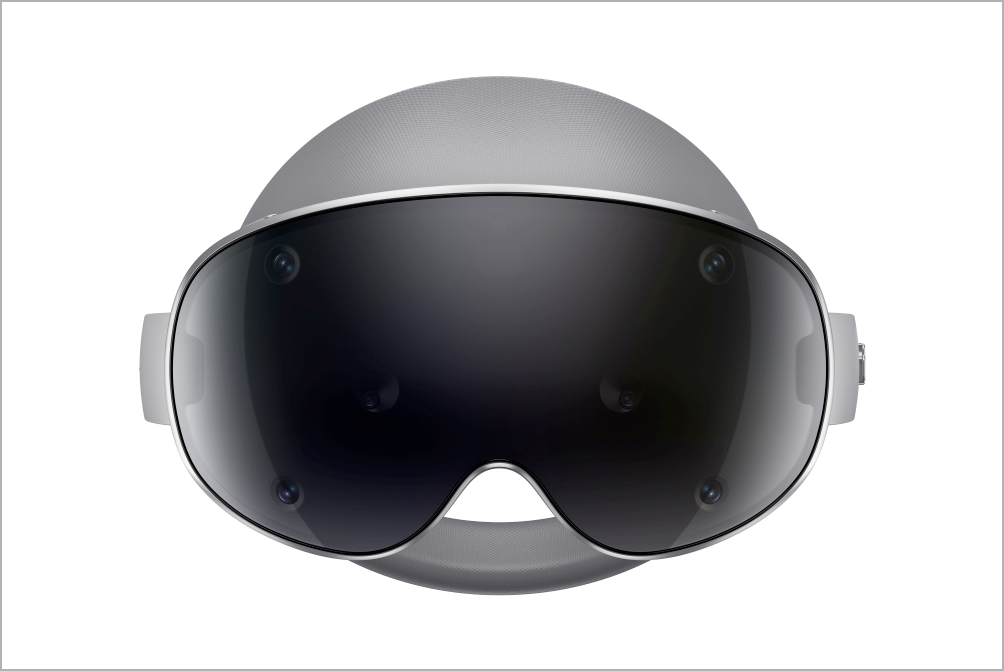
Visuals are everything in XR, and both headsets come close to perfection, but in different ways.
So, the Galaxy XR gives you a crisper picture. The Vision Pro feels smoother when you move your head or watch fast motion. Samsung covers 95% of the DCI-P3 color range, Apple hits 92% and both are excellent. But Apple adds personalized spatial audio for more precise sound. There’s no such feature on Samsung headset yet.
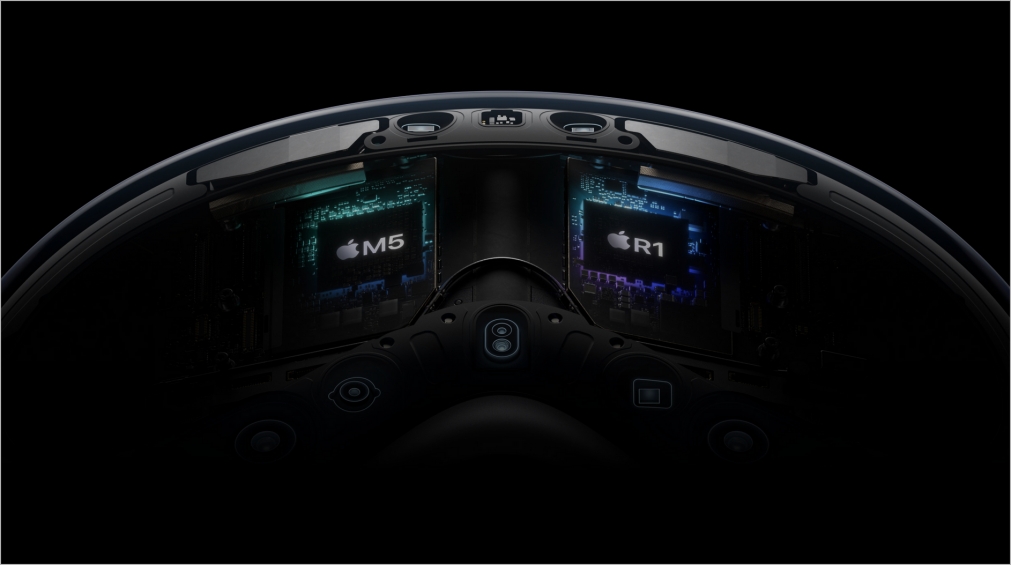
Here’s where they really diverge.
That means Apple’s headset is better suited for demanding tasks like 3D design, video editing, and multitasking. Samsung clearly falls behind here. Don’t get me wrong, it’s still fast enough to handle most immersive apps, just not on the same level as Apple’s powerhouse.
Both headsets come with 16GB of RAM, but storage is another story. While both start at 256GB, Apple offers options all the way up to 1TB, whereas Samsung sticks to a single 256GB variant.
| Category | Samsung Galaxy XR | Apple Vision Pro |
|---|---|---|
| Processor | Snapdragon XR2+ Gen 2 | M5 chip + R1 chip |
| RAM | 16GB | 16GB |
| Storage | 256GB | 256GB–1TB |
| Refresh Rate | 90Hz | 120Hz |
| Resolution | 29M pixels | 23M pixels |
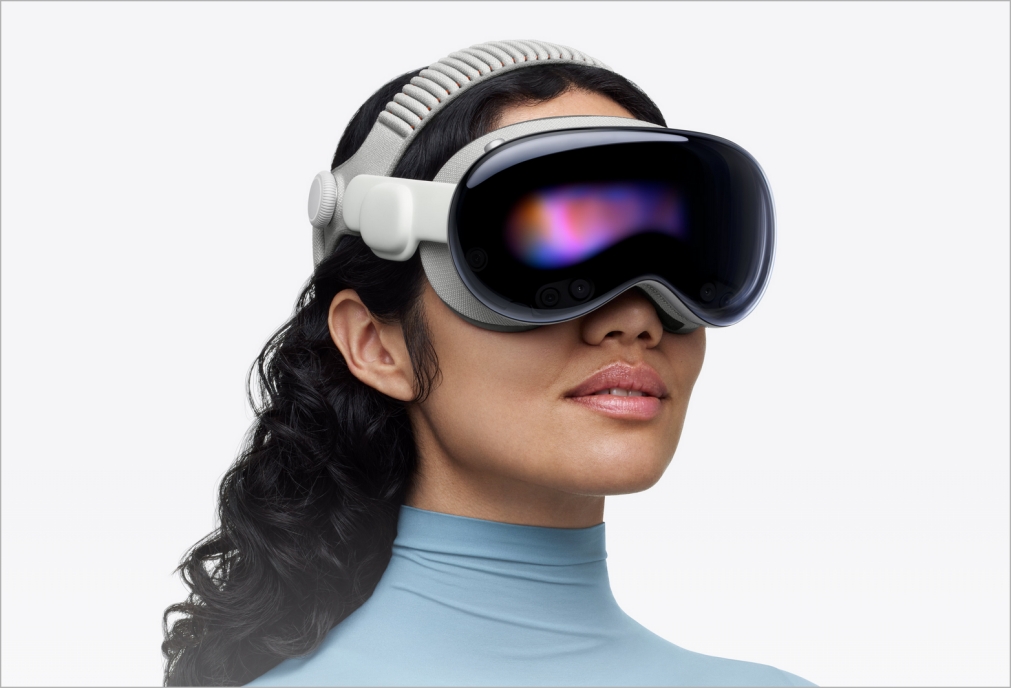
Samsung clearly designed the Galaxy XR to be worn longer. At 545 grams, it’s almost 200–250 grams lighter than the Vision Pro. The lighter frame and dial-adjustable strap make it easier to keep on for extended sessions.
Apple’s Vision Pro, on the other hand, feels more premium with its aluminum and glass build, but that comes with extra weight. Even the 2025 version with the new dual knit band still feels heavy after a while, and that front-loaded design makes it uncomfortable for long use.
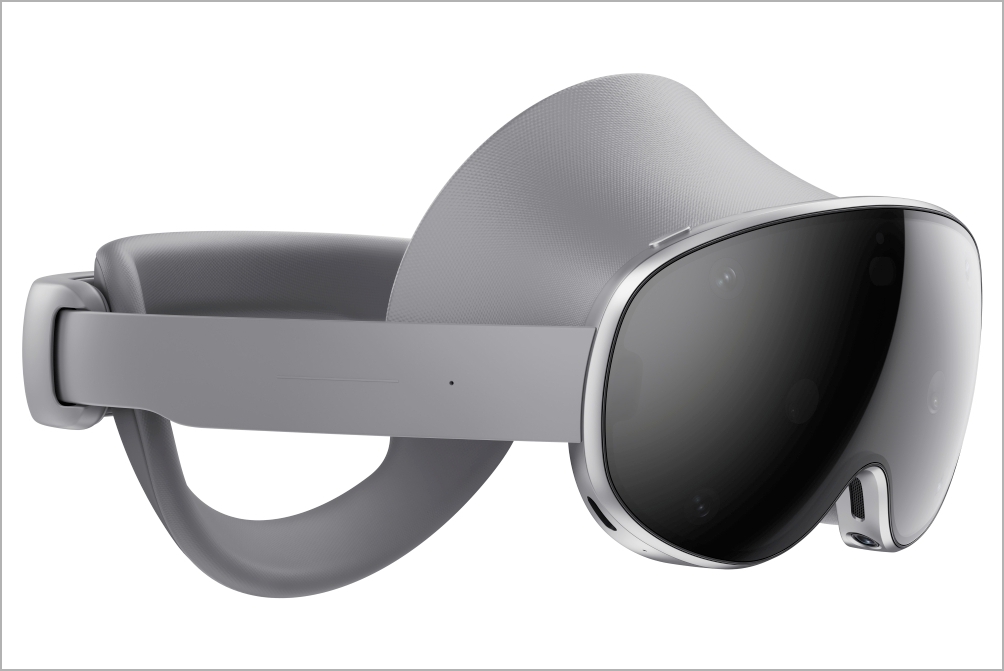
Both headsets rely on external battery packs to reduce front weight. That means the battery sits on your hip or pocket rather than your head. It’s a smart move for comfort but slightly limits mobility. Both the companies have not revealed exact battery mAh details, but here’s what you can expect:
So, Apple still manages to squeeze out a bit more power, though the gap isn’t massive. Both headsets can run while charging, handy if you’re watching a long movie or working at your desk. Still, Apple holds a slight edge when it comes to overall battery life.
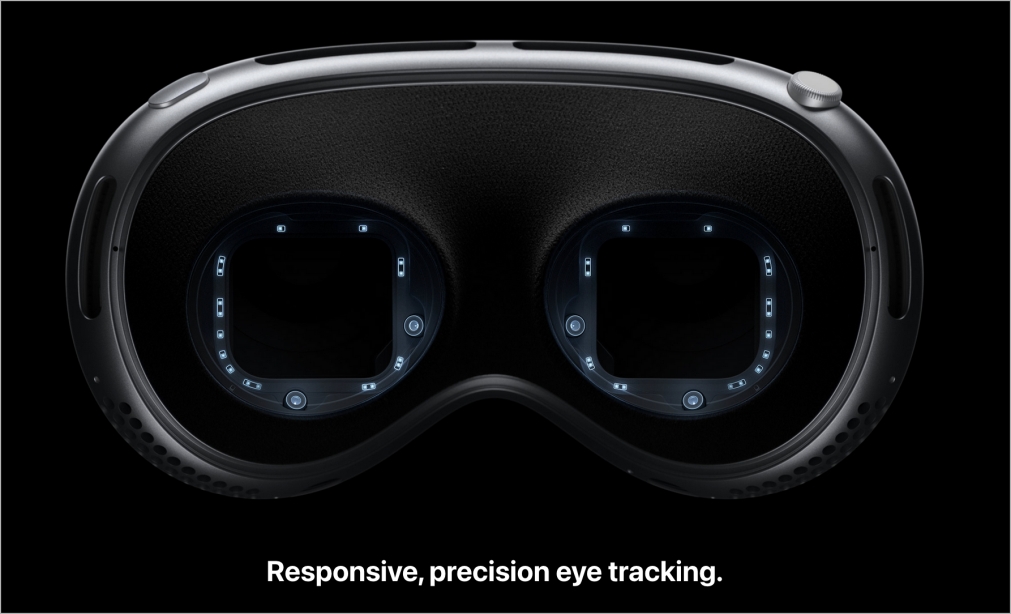
Both headsets rely on eye and hand tracking, and the overall experience feels quite similar. You can easily select options or navigate the interface with natural gestures. Well, at least most of time. That said, it still lacks the precision and feedback you’d get from a physical controller.
Samsung offers an optional controller set, which is great news for gamers or anyone who prefers tactile input. Apple’s Vision Pro sticks purely to gesture and gaze tracking — it feels futuristic and magical, but not always the most reliable. Samsung’s hybrid approach gives users a bit more flexibility.
Here’s where things get exciting.
The Galaxy XR runs on Android XR, Google’s new mixed reality platform. It comes with Gemini Live, a built-in AI that literally sees what you see. Think of it as Google Assistant with vision, you can ask it about landmarks, translate signs, or explain what’s on your screen in real time.
Apple’s visionOS, on the other hand, is tailor-made for Apple users. It connects effortlessly with your Mac, iPhone, and iPad, creating a seamless ecosystem. If you plan to run heavy 3D or gaming apps, Apple definitely has the edge here. However, Siri still can’t match Gemini’s context awareness yet.
App ecosystem comparison:
If you’re after AI-powered smart features and the Android ecosystem, Samsung’s option is the one to go for. But if you want raw power and deep integration with Apple devices, the Vision Pro remains the better pick.
Here’s where it really comes down to how you’ll use these headsets in day-to-day life. Both can handle work and fun, but they clearly lean in different directions once you start spending time with them.
Samsung also throws in a few solid extras to sweeten the deal:
Those perks make the high price feel more justified and give users a reason to stay inside Samsung’s growing XR ecosystem.
Both headsets feel like they’re defining different futures.
If you want to explore the future of spatial AI without emptying your wallet, go for the Galaxy XR. If you want the best performance and are all-in on Apple gear, Vision Pro still reigns supreme.
Don’t miss these related reads: